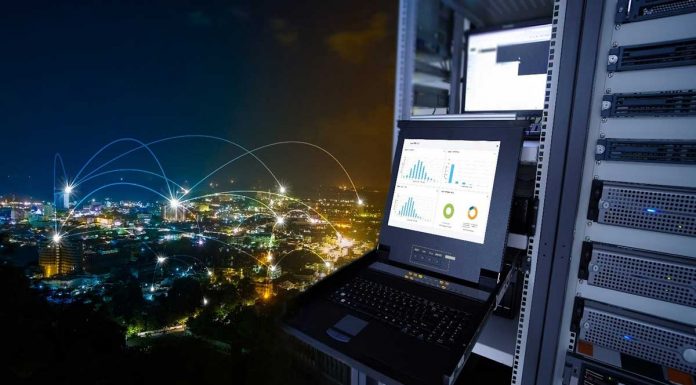The growth in the Indian data centre market has been exponential. According to Gartner, India has become the second fastest growing market in the Asia Pacific region. The current market tethering to data centers in the country is valued over 4.5 billion dollars.
The country has seen good adoption of managed hosting services. However, it's the co-location services that continue to dominate the data center sector. The report also states that this will continue to be driven by large enterprises and highly regulated verticals like the Telecom, BFSI segment and others.
Co-location is the technology solution for businesses that want a steady environment in which they can store, maintain and secure their electronic assets without any responsibility of the surroundings. However, majority of these companies face a significant problem when it comes to selecting a co-location data center. In this article, we have noted down a list of things that one should consider while choosing a data center
Compliance Requirements
Before selecting a co-location data center, one should check the security certifications and find if it meets the compliance requirements. Most of the times, the data center providers say that their data centers meet the requirements, but one must always check for proof. Certifications should include the compliance requirements for regulated industries including healthcare, financial services, legal, etc. Some examples of such certifications are:
- LEED
- ISO 14001: 2015
- ISO 27001
- TIA-942
- SISA-PCI DSS
The flexibility of Infrastructure
For a co-location operation to be successful, it is crucial that enterprises fully understand their current and future requirements. Furthermore, they also need to learn how the data center providers can help in meeting those needs. They must check the size of their equipment, current security measures as well as consider if space will be sufficient in case of expansion in future.
In addition to these physical components of the infrastructure, enterprises must outline their power requirements as well. Often, a server's power requirement exceeds what a data center provisions for a new client; thereby, causing downtime.
Physical Security
Physical security relates to the infrastructure of the data center. So, when looking for security aspects, one must check the following things:
- The area surrounding the building
- Cameras to monitor all activities
- Building access rules and regulations
- Limited access facility
This multi-layered approach towards the data center security may seem a bit extreme to some, but it is necessary.
Uninterrupted Power Supply
Even with a small outage, business can face a loss of revenue. Which is why every data center is segregated according to their uptime through a ranking system. This system ranges from Tier 1 to Tier 4. Therefore, when going for a co-location place, one should go for either Tier 3 or Tier 4 data centers. The N+1 redundancy at these data centers makes sure that businesses always get uninterrupted power supply.
SLA (Service Level Agreement)
A Service Level Agreement or SLA defines the level of service that the data center is committed to providing to its customers. It explains the availability and uptime of the data center environment. Many times, data centers promote the fact that they offer a 99.99 percent uptime. This might sound good, however, before selecting one, always check for the Tier certification. Tier 3 data centers are known to provide an uptime of 99.982 percent whereas, Tier 4 data centers provide 99.999 percent uptime.
Carrier Neural Network
An independent, carrier-neutral data center allows enterprise to connect with several carriers who provide network connectivity inside the facility. It is different than a data center which operates only on a single carrier or ISP, and where one uses their network only. When selecting a data center, enterprise should choose a carrier-neutral one. Its significant benefits include:
- Decreased costs: Increase in competition among network carriers will always drive down the costs for you.
- Network redundancy: Additional carrier options and their reduced costs will enable you to incorporate network redundancy into your operational plans.
Disaster Recovery Plan
Disaster recovery is not only a necessary feature a data center must have, it is also mandatory. Thus, before going through the disaster recovery plan, one should check the physical infrastructure and find out if it is well built and protected. In addition, one should also find out if the data center is in an area that has low-risk of both man-made and natural disasters.
Go for tier-3 or tier-4 certification
Before choosing a data center, one should know that not all data centers are made equally. There are many economic, business, technical, and legal factors that go into selecting a data center. Moreover, the larger and more critical component is choosing a co-location data center which provides the right combination of security, flexibility, and presence to meet the requirements today and well into the future. Therefore, one must always go for data centers that have tier-3 or tier-4 certification.







